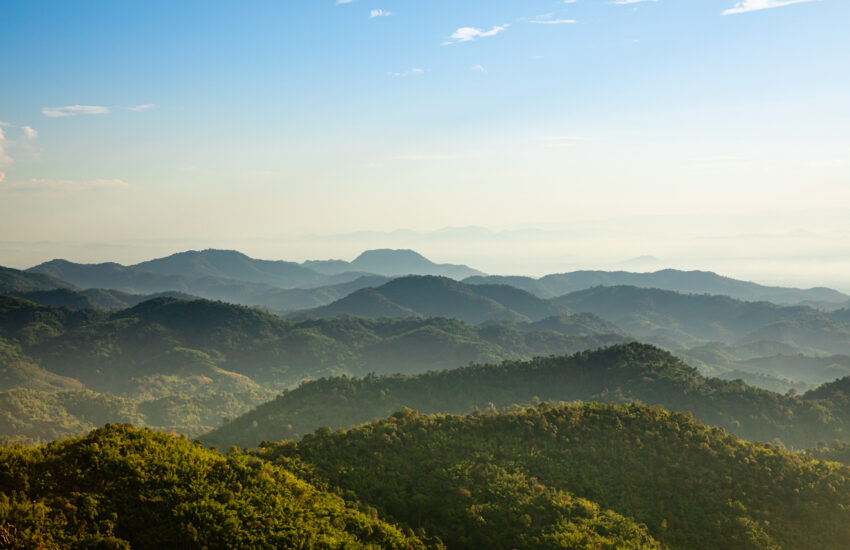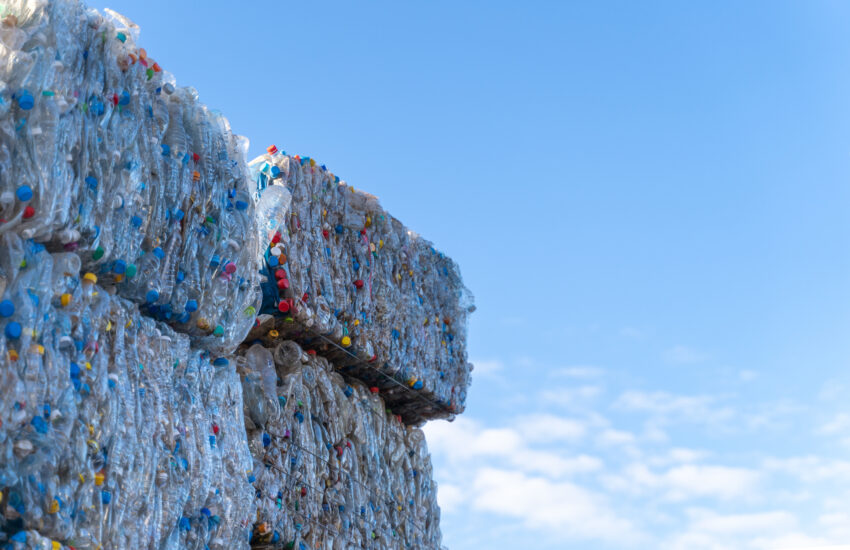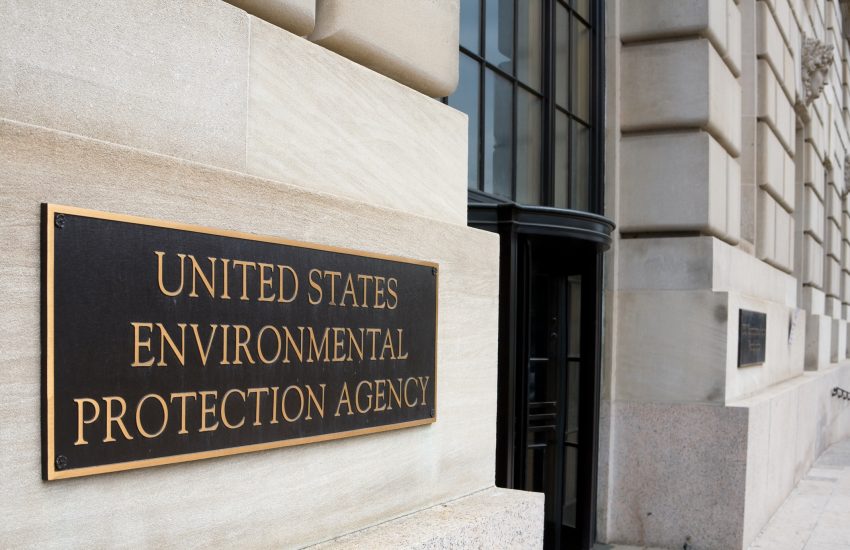While shifting political winds don’t literally blow through the trees, their force and impact can cause environmental policy to lurch back and forth.
For instance, in 2020, during the final quarter of the first Trump administration, the White House Counsel on Environmental Quality (CEQ) took steps to change the National Environmental Policy Act (NEPA) by limiting federal oversight on newly begun projects, shortening the permissible length and depth of applications, and reducing the obligation to study the long-term impact of projects on the environment. …
Continue Reading









